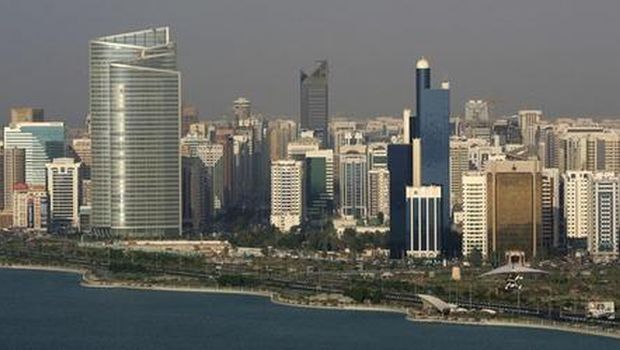London, Asharq Al-Awsat—Sharjah received its first-ever sovereign credit ratings on Wednesday from international credit rating agencies Moody’s and Standard & Poor’s (S&P).
Moody’s gave the Gulf emirate, which is the third-largest economy in the UAE, a long-term rating of A3, its fourth highest, with S&P giving it an A rating, its third highest, indicating a strong capacity to meet financial commitments. Both agencies also gave the emirate a stable outlook.
Waleed Al-Sayegh, the director general of the Sharjah Finance Department, said that the new ratings indicated the emirate was “a modern, open state, managing its finances in line with international best practice” and would help “open Sharjah up to new investors and give confidence to existing ones,” reducing its cost of borrowing and strengthening both the private and public sectors.
The ratings put Sharjah on a level comparable to fellow UAE Emirate Ras Al-Khaimah, which also recently received an A rating with a stable outlook from S&P.
This represents a lower rating than other Gulf neighbors such as Abu Dhabi, which has an AA rating from S&P, the second highest rating available.
The new ratings, which have assessed Sharjah as a sovereign government entity, mean the emirate is one step closer to issuing sovereign bonds or sukuk, as Bahrain, Saudi Arabia and Qatar have.
However, Sharjah’s Finance Department said on Wednesday that the government is yet to make a decision regarding a bond issue.
Moody’s said that its own assessment was based on Sharjah’s strong government finances, with the emirate boasting a strong fiscal and government debt position, recording average fiscal deficits of 1–2 percent of GDP since 2008 and debt levels of around 6 percent of GDP in 2012, a level which S&P does not expect to go beyond 10 percent in 2014.
Bank of America Merrill Lynch estimates that fellow emirate Dubai, which remains unrated by international credit rating agencies, currently has debt levels around 50.5 percent of its GDP.
Unlike Dubai, Sharjah has a more sober reputation both culturally and economically. Since the 1980s, the emirate has been keen to diversify and industrialize in order to reduce its reliance on oil revenues.
In 2012, no individual sector represented more than 20 percent of GDP, according to the Finance Department, making Sharjah’s economy one of the most diversified in the GCC region.
Its manufacturing sector is now one of the most significant in the GCC, accounting for 17 percent of GDP. It is supported by 19 industrial zones and two free zones, which have helped to boost the sector as well as attract foreign firms by allowing complete foreign ownership of companies and offering exemptions from import and export duties and taxes.
According to government figures, Sharjah’s nominal GDP growth averaged 11 percent from 2001 to 2012, and reached 72.4 billion Emirati dirhams (19.7 billion US dollars) in 2013.

